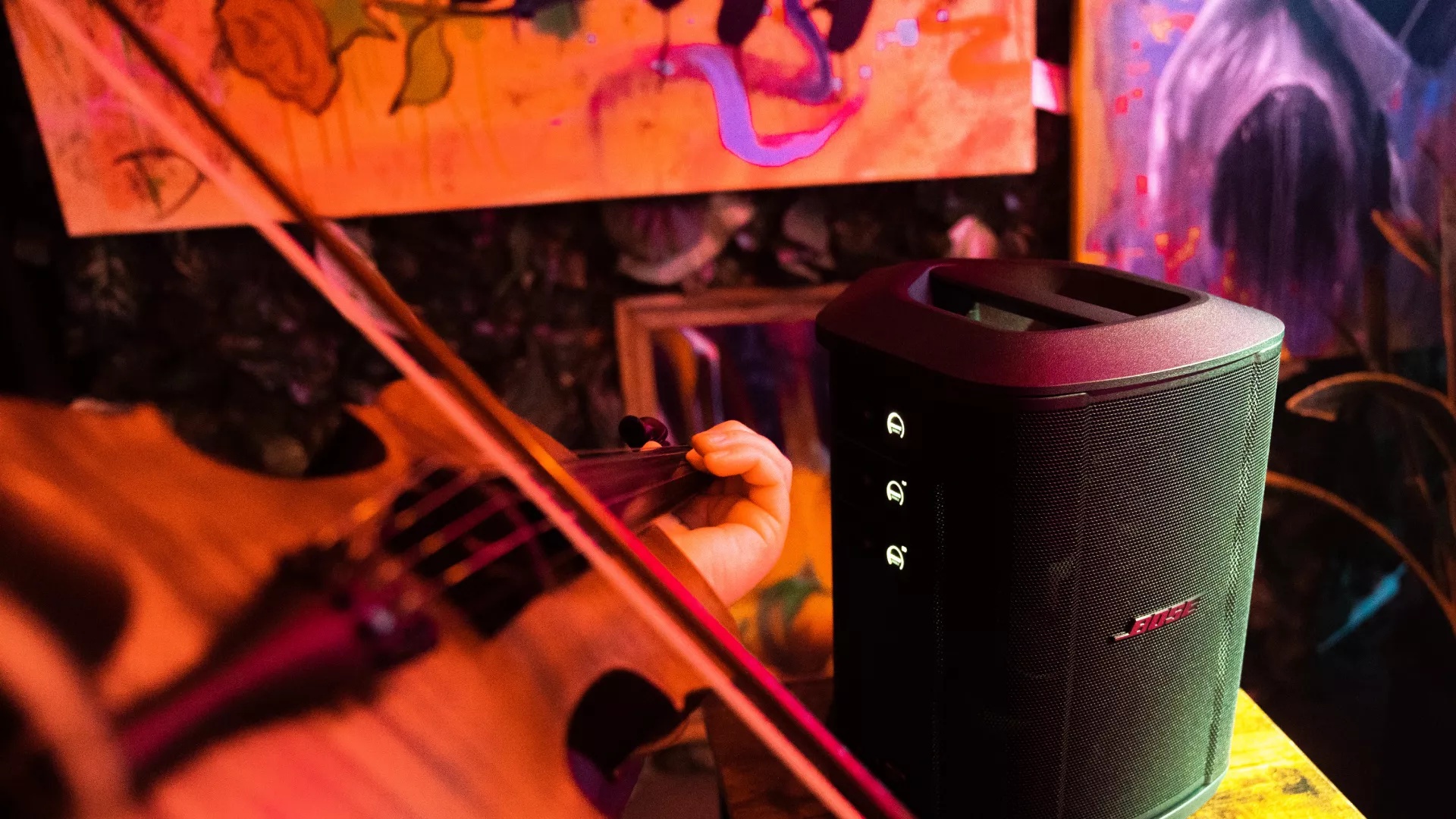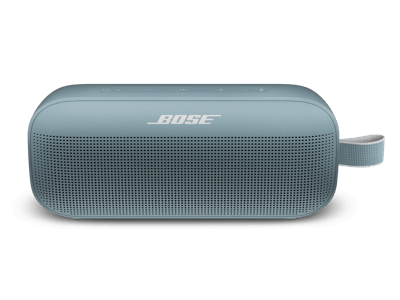How far does Bluetooth reach?
How does Bluetooth work?
Why do you need Bluetooth?
What affects Bluetooth range?
Physical obstructions
Competing frequencies
Weather conditions
Battery life
Transmit power
Receiver sensitivity
Materials quality
Creating strong connections
Featured in this story
Color:
Desert Gold



